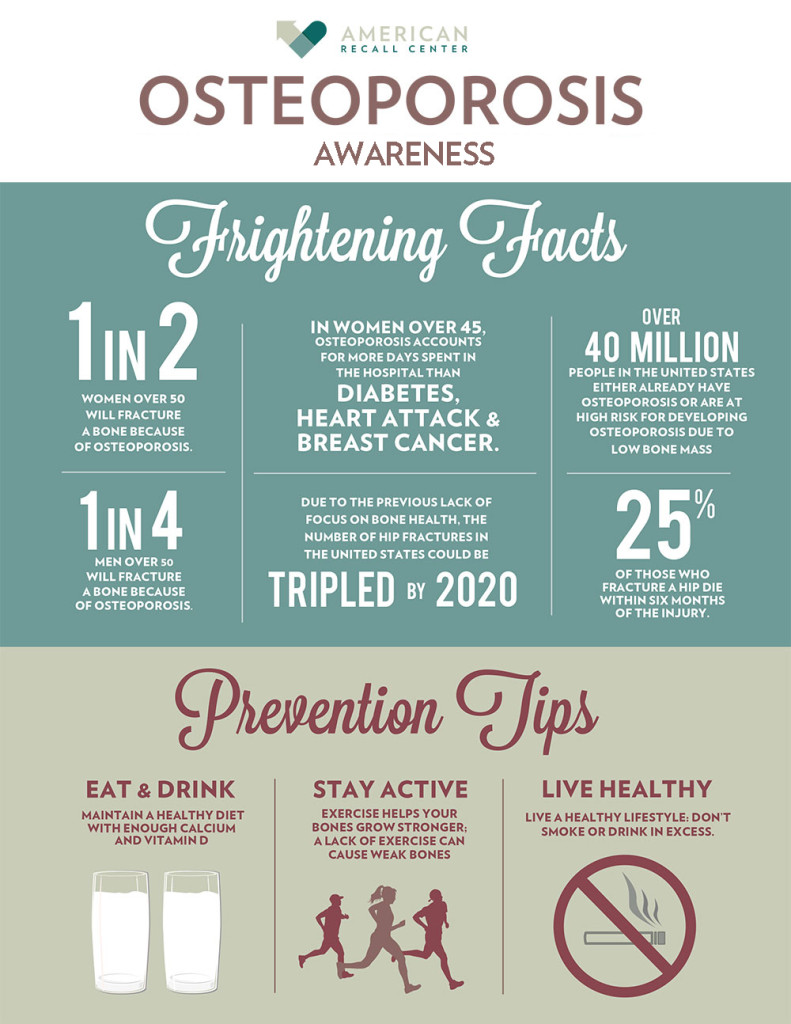Your calcium intake can take a hit on the low FODMAP diet. Although the low FODMAP diet can provide ample calcium, many of us rely on high lactose dairy to meet our calcium needs.
Not consuming enough calcium can lead to break down of our bone and teeth as we age. Did you know 99% of our calcium is stored in our bones and teeth to maintain structure and function? More on calcium here!

Of course, there are many ways to boost calcium on the low FODMAP diet. The key is to eat well-balanced low FODMAP meals that include calcium rich foods.
Here are a few low FODMAP {Monash University} green lighted–calcium rich foods:
Lactose free cow’s milk, hard cheeses, kale (unlike most green leafy veggies, kale does not have the oxalate that renders the calcium unavailable to our body! Spinach has calcium but it is not available due to the high oxalate content.), my beloved, chia seeds, are a nice source of calcium too! Bok choy, sardines, firm tofu made with calcium sulfate, and corn tortillas have calcium too! And don’t forget your lactose free products from Green Valley: lactose free sour cream and yogurt are great calcium boosts!
If you can’t meet your calcium needs via your diet, you may need a supplement. Calcium carbonate can be constipating, so if this is a problem for you, consider trying a calcium citrate supplement. Calcium supplements should be taken in split 500 mg doses, as your body does not absorb much more than 500 mg of calcium at a time. My preference is that my patients try their best to meet calcium via their diet and rely less on supplements.
To help your body absorb calcium, Vitamin D is key! We get most of our Vitamin D from the sun. Many individuals globally are Vitamin D deficient. It’s important to test your Vitamin D level to ensure you have adequate amounts available to your body and to supplement when needed. Depending on where you live in the world, available sunshine to make adequate Vitamin D can be lacking in the winter time (November -April in New England).
On another note: You can see, my blog is undergoing some updates! Please bear with me, as the kinks are worked out. The goal is to make the blog more visually appealing and user-friendly. As you can imagine, this requires a lot of work behind the scenes. We are working on it! Hope you like the changes when it is all done!

Paige
I didn’t realize that Vitamin D is key to helping your body absorb calcium. This is a great post. And I love the infographic! Thanks for sharing!
Aftan
Is flaxseed or almond milk low fodmap? Having trouble finding this info.
katescarlata
Flaxseed has not been tested yet on its own. Monash U has tested it in a mixture called LSA. I find my client can tolerate about 1 TB–but not much more per sitting. Almond milk has not been officially tested–and many of my patients have found it difficult to tolerate.
Jeanne
Kate,
Do you know if cooking foods like kale, collards and bok choy reduces the amount of calcium they have? I know some people eat raw kale salads, but my tummy can’t tolerate that. Any thoughts you can share would be most appreciated.
Jeanne
nbongo
Re calcium supplements = I believe instead of citrate, better would be a product called Bone Strength Take Care, which is actually plant-based calcium. I’ve been taking a liquid supplement based on coral calcium, but don’t believe we should be supplementing with “rocks”, and plan to go back to the plant-based source. Thoughts?